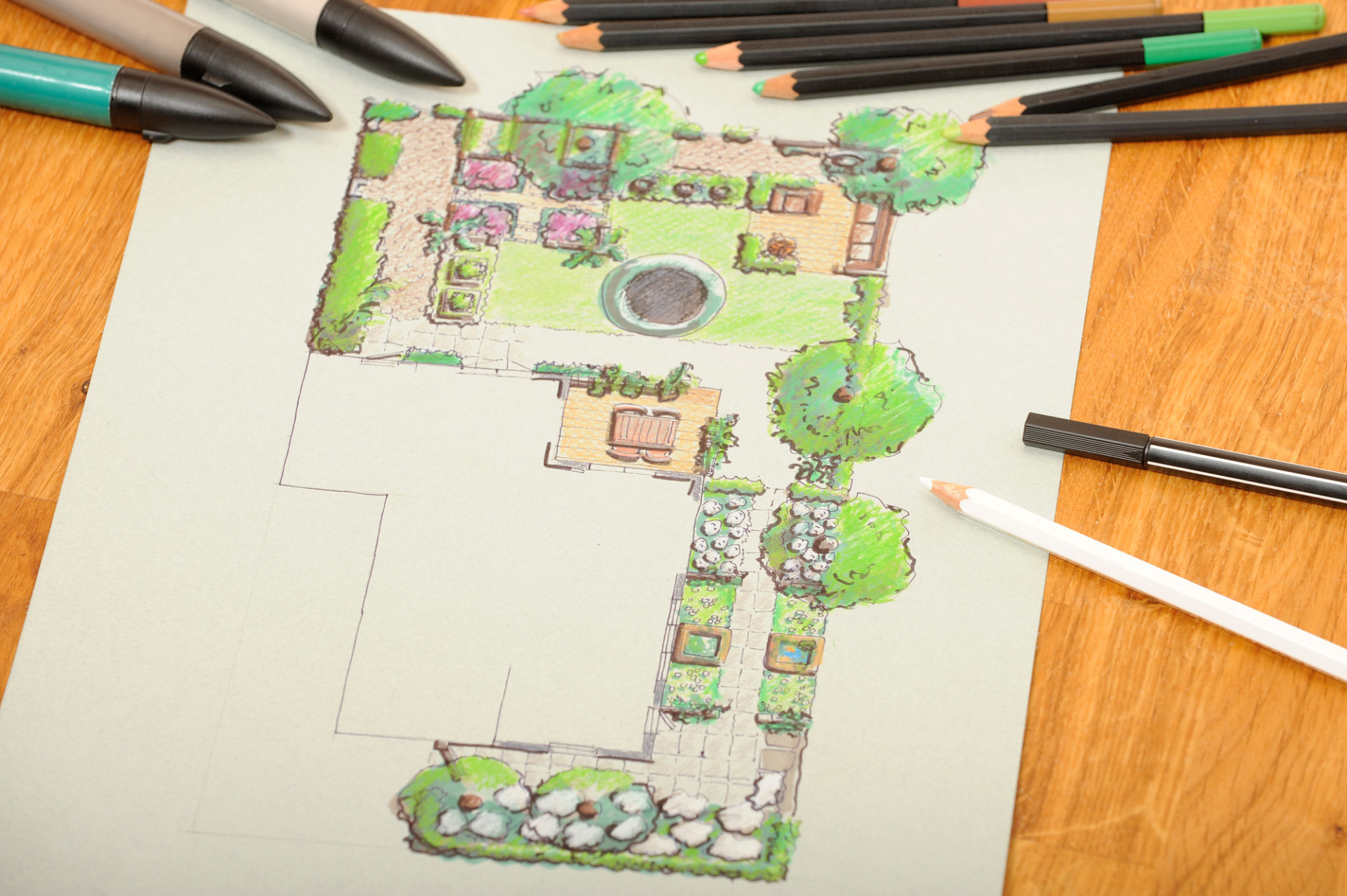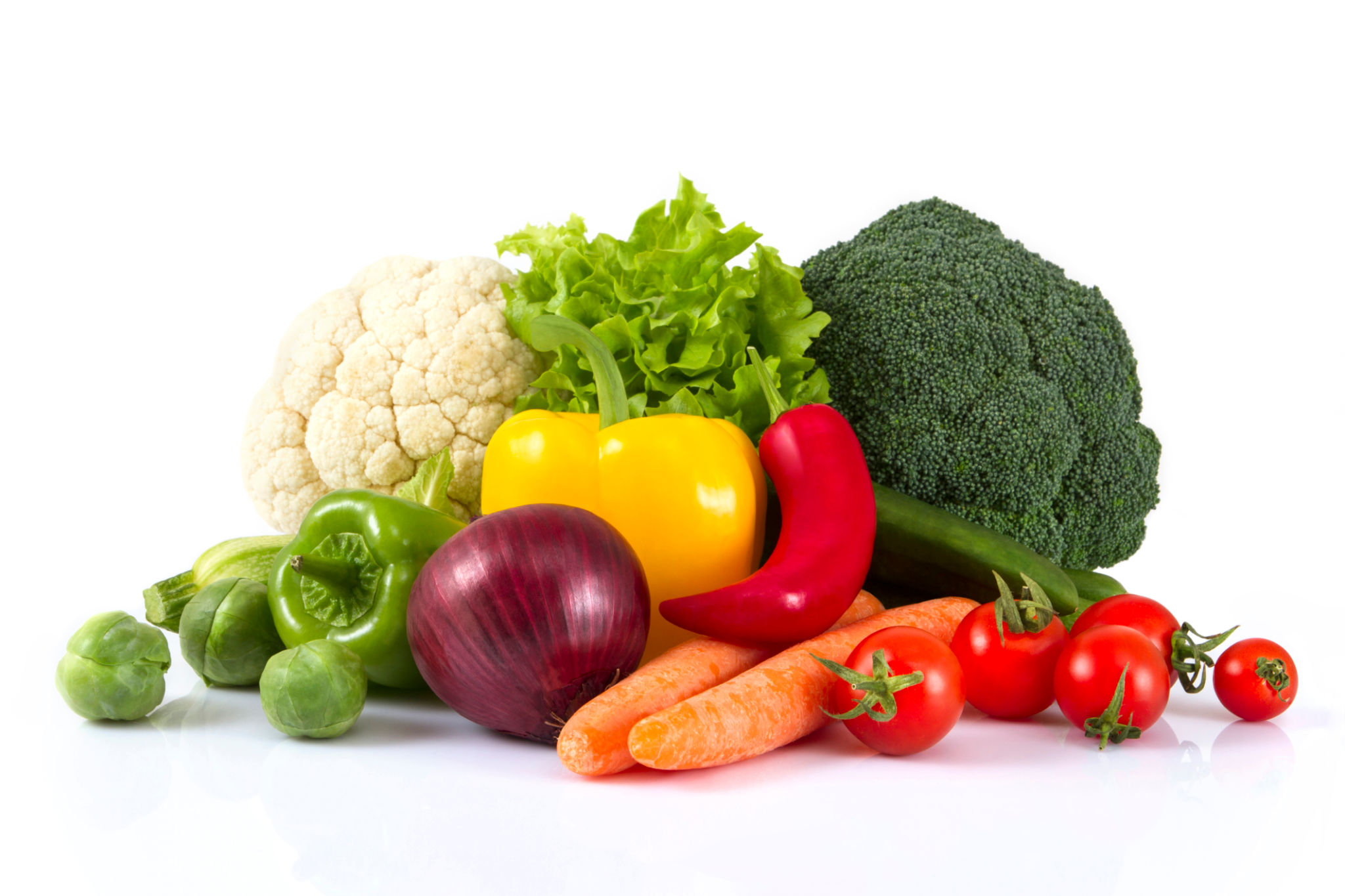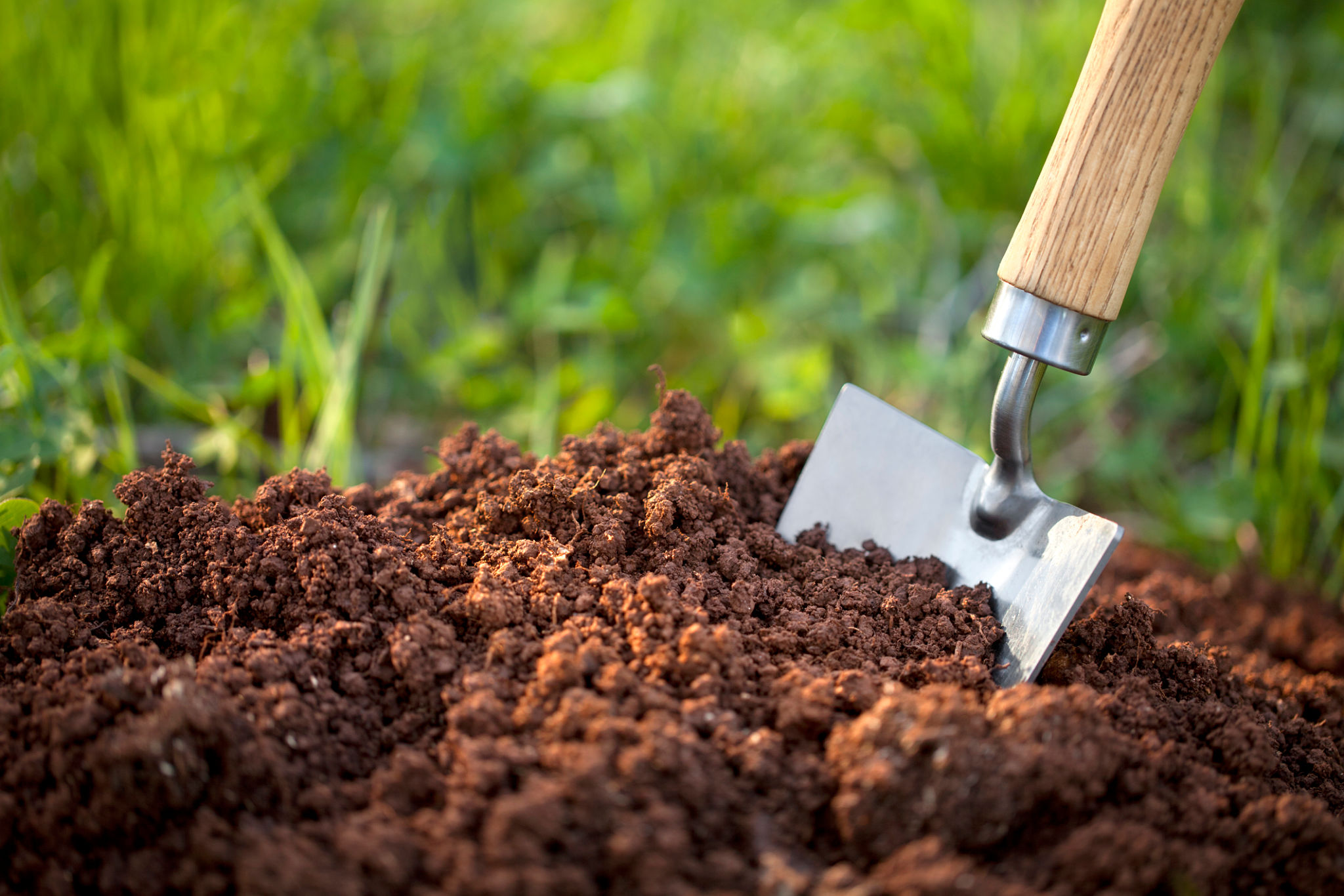How to Design an Edible Garden in Antwerp: A Step-by-step Guide
Understanding the Basics of Edible Gardening
Designing an edible garden in Antwerp is a rewarding endeavor that combines aesthetics with practicality. The first step is understanding what an edible garden entails. Essentially, it's a garden where every plant has a purpose, typically for consumption. From vegetables and fruits to herbs and edible flowers, the choices are vast, allowing you to cultivate a diverse range of flavors right in your backyard.

Choosing the Right Location
Location is crucial when planning an edible garden. You'll need a spot that receives ample sunlight, ideally at least six hours per day. Consider the proximity to a water source, as your plants will need regular watering. Additionally, think about accessibility; you’ll want your garden to be easy to reach for harvesting and maintenance.
Selecting Your Plants
Once you've identified the perfect location, it's time to choose the plants you want to grow. Consider the local climate and soil conditions in Antwerp. Popular choices include tomatoes, lettuce, strawberries, and herbs like basil and thyme. Remember to select a mix of plants that will thrive in both sun and shade.

Planning Your Garden Layout
With your plant choices in mind, plan your garden layout. Decide whether you want raised beds or traditional ground planting. Raised beds can be beneficial for drainage and soil quality. Group plants with similar water and sunlight needs together, and ensure there’s enough space for each plant to grow fully.
Soil Preparation
Healthy soil is the foundation of a successful garden. Test your soil to determine its pH and nutrient levels, then amend it accordingly. Add organic matter such as compost or well-rotted manure to improve soil structure and fertility. This step is essential for providing your plants with the nutrients they need to thrive.

Implementing Sustainable Practices
When designing an edible garden, consider incorporating sustainable practices. Use organic fertilizers and pest control methods to minimize environmental impact. Mulching is a great way to retain moisture in the soil and suppress weeds naturally. Additionally, consider implementing a rainwater collection system to reduce water usage.
Caring for Your Edible Garden
Regular maintenance is key to keeping your garden thriving. This includes watering, weeding, and monitoring for pests or diseases. Prune plants as needed to encourage growth and remove any dead or diseased foliage promptly. Keep an eye on weather conditions and adjust watering schedules accordingly.

Harvesting and Enjoying Your Produce
One of the most rewarding aspects of an edible garden is harvesting your produce. Pick fruits and vegetables at their peak ripeness for the best flavor. Herbs should be harvested regularly to encourage new growth. Enjoy the fresh taste of homegrown food as you incorporate it into your meals.
By following these steps, you can create a flourishing edible garden in Antwerp that not only enhances your outdoor space but also provides delicious, fresh produce for your table. Happy gardening!
